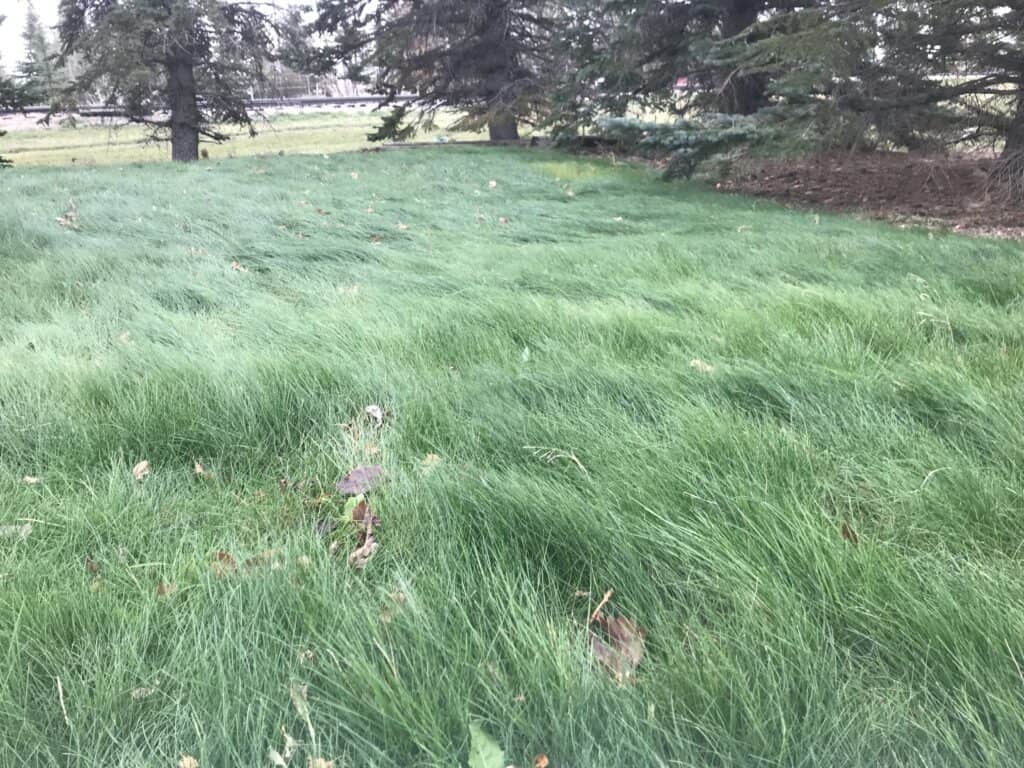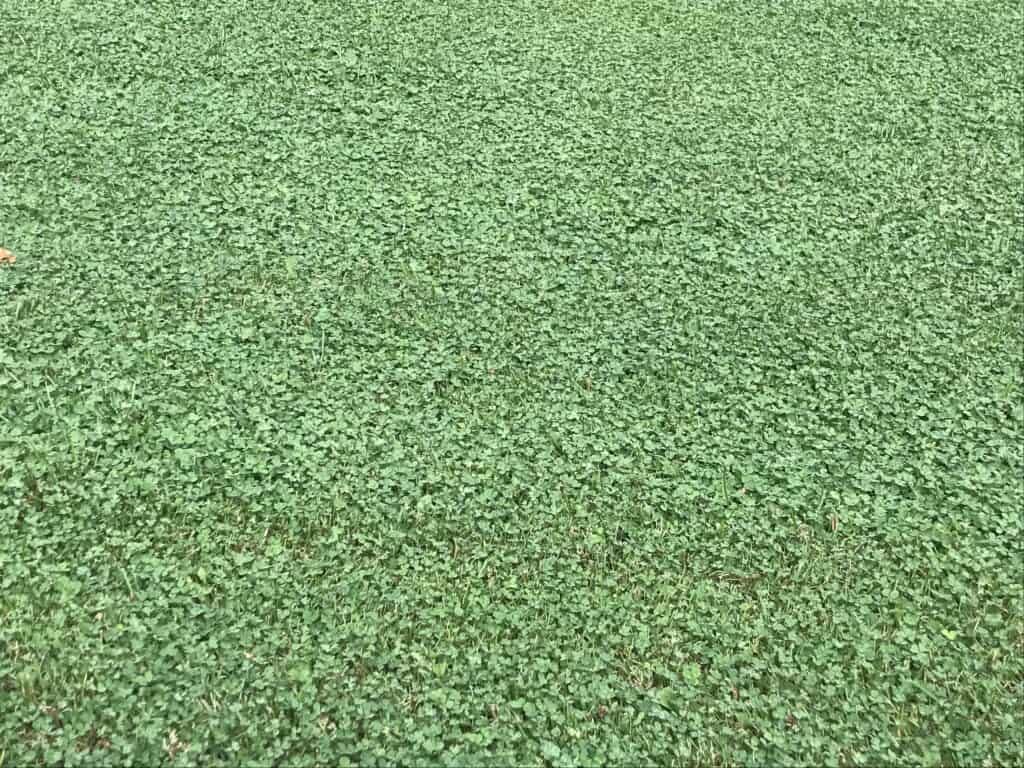Most of us know by now that a regular, old fashioned, Kentucky Bluegrass lawn is not the best ecological choice for our yards. It’s easy to list off the disadvantages… major water application in the hot summer months, fertilizing and dethatching and aerating, herbicide use to keep it looking it’s best. Not to mention all the mowing and the pollution that entails!
Yet most of us seem to find expanses of perfectly manicured traditional green lawns beautiful.
So what to do instead??
Plant Native Flower Gardens
Obviously, my first suggestion would be to decrease the size of your lawn and plant native flower gardens instead. Or, ideally, nix the lawn entirely and in its place, create a native prairie type garden.
This most definitely is harder work initially (and more expensive) than simply rolling out some sod or seeding some turf grass, but absolutely worth it for the long term benefits for you (gardening improves health) and all the wildlife and insects around you.
A native flower garden will negate the need for fertilizers and herbicides, dramatically reduce water usage (providing you choose the correct plants and grasses for the site), and requires no mowing (or once per year for a prairie garden at most).
Additionally, the long roots of native plants and grasses really assist in bringing water down after a heavy rain or melt period.
Plus, once the garden is established, it provides boundless enjoyment and much less work than a traditional lawn.
Read here and here about how we planted a native grass and flower swale, and other native plantings we’re working on!
Choose Hardier Varieties
Native Grasses
You can use native grasses for your lawn! If you don’t mind a “bumpy” unmowed look for your lawn, Rocky Mountain Fescue is a stunning choice. Rocky Mountain Fescue likes it hot and dry and spreads quickly to fill a space, see photo below.

Sheep’s fescue is close to native here, and would be another good choice.
Edit: Rocky Mountain Fescue appears to be a favorite of deer in winter. Something to consider if deer are a pest where you live!
Warm and Cool Season Grasses
Another suggestion is to use a mixture of cool and warm season grasses. That way, the cool season grasses will green up early, while during the hot summer months the warm season grasses will flourish.
Blue Grama Grass is a warm season native grass that is extremely drought tolerant and an excellent choice for lawns. (It’s also beautiful when left to grow and show off its unique curved seed heads). Another warm season native grass to check out is Sideoats Grama.
Creeping Red Fescue is a cool season grass that is often included in lawn grass mixes. It has early spring growth and stays green well into the fall.
You can read more about the lawn mix we used in this post.
Include Microclover

Microclover is nitrogen-fixing, which means, no fertilizer necessary. Microclover also outcompetes weeds, which means, no herbicides necessary. It grows and spreads easily, and is a dense cover that shades the ground, which retains moisture in the soil. Because of that, along with the fact that the roots are deep, microclover lawns require far less water than traditional lawns. Plus, microclover is the most beautiful bright green color!
Are you convinced yet? Here are some photos and more information from our own experience of growing a microclover lawn mix this year. This is year one for our lawn, so I’ll keep you posted about how it overwinters and comes back next year!
There is one caveat though; in our first year, we did mow almost as often as you would for a regular lawn. Over time, the microclover should become lower growing with smaller leaves, and require less frequent mowing.
If You Must Keep Your Lawn But Want to Help
If you do have a traditional lawn and would rather not make any drastic changes and yet you feel uncomfortable with all the unpleasant environmental concerns regarding traditional lawn care, these following tips are for you!
Don’t Mow Too Short
One easy thing you can begin immediately is raising the height of your mow deck. Longer grass retains more moisture so the soil doesn’t dry out as quickly, and therefore the lawn will require less water.
Mow Less Often
In keeping with the previous suggestion, potentially you can choose to mow once per week (or less) instead of twice.
Leave the Clippings
When not bagged, the clippings will provide a sort of mulch layer which protects the soil from water loss. Not only that, but the mulch provides nutrients for the grass as it breaks down.
Water Deeply
Instead of watering frequently and briefly, one deep watering per week will encourage your lawn grass to grow deeper roots. This will eventually make your lawn handle longer periods between watering.
In Conclusion
I hope this gives my readers some food for thought regarding your lawn choices. I’ll remind you: my top recommendation is to plant more native flowers and grasses, and to rethink the lawn entirely!
Happy Gardening!

